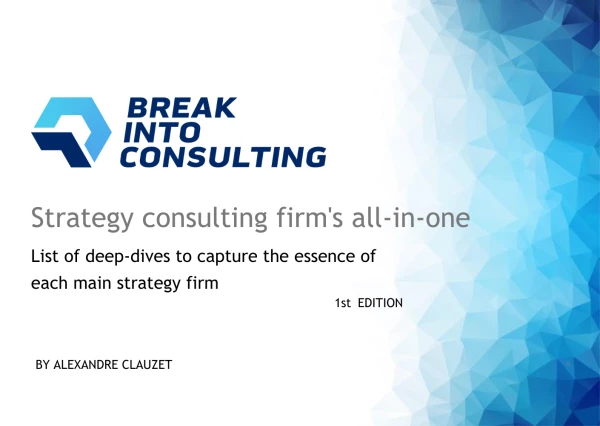"A leading manufacturer of instant cameras and one-hour photo finishing machines is facing a dramatic downturn in business due to the rapid increase in digital photography and sharing photos over the Internet. What should it do?"
I stumbled across the above question in another post. The traditional case approach as I see it is one of drivers i.e clarifying questions to crystalize the problem, then a "bucketed" driver approach to build a decision tree, then recommendations following prioritization of the drivers.
When I was thinking about the above problem, however, I came up with a different approach. Firstly, my clarifying questions were designed to give an unambiguous problem statement to conclude that the drop in sales is purely due to the adoption of digital photography (i.e. no management team problems, no marketing/brand problems, no distribution problems etc). This is plausible given the nature of the problem (VHS vs CD - adapt to the new technology or dissapear). Secondly, identify how the client can get a piece of the new digital photgraphy value chain - 3 buckets here; digital camera production, digital photorgraphy finishing software (eg. photoshop type of product), digital photo platform for storing and sharing (e.g. Flickr type of product). I am in effect identifying 3 possible courses of action upfront (rather than firstly building a decision tree to identify drivers of the problem). Thirdly, I will then build a decision tree off these buckets (build, buy or partner) to identify what is possible and what is executable. Fourthly, give recommendations based off capabilities and what will have the biggest short to mid term impact.
Correct me if I am wrong, but this would be a bottom up approach. I start off identifying potential solutions then work provide recommendations dependant on whether they executable in the given time frame. Would this approach be acceptable in a real MBB case interview on the proviso that I make it very clear up front that I am approaching it like this?
















